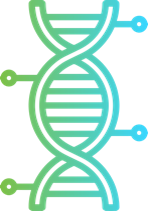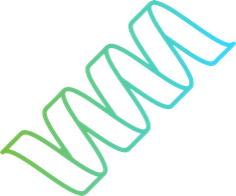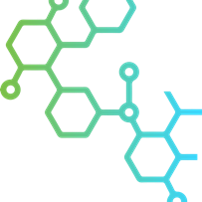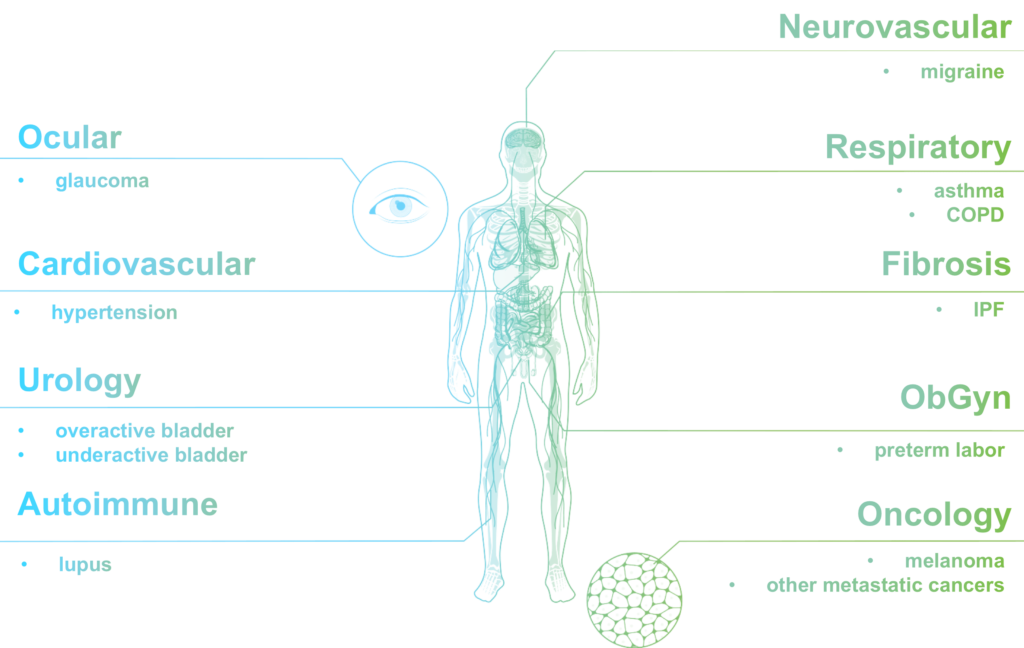The Goal Of Every Drug
Change Cell Function
PROBLEM
But current drug discovery approaches
don't directly measure cell function
Current discovery models are either:
- not physiologically relevant,
- not scalable,
- only address narrow biology
Existing –omics cannot predict cell function:

Genomics
Many genes not expressed or governed by complex mechanisms

Transcriptomics
Presence doesn’t indicate amount or functionality of protein

Proteomics
Presence doesn’t ensure functional involvement or describe interactivity with other molecules

Metabolomics
Presence doesn’t indicate involvement in relevant pathway; may be involved in multiple processes
These are upstream components of what actually matters:
cell function
This is especially important in mechanomics
Addressing the huge pan-biological mechanomic
disease space:
Contractile cell function:
fundamental property in all cells

THE VISION
We’re pioneering the field of
Mechanomics
a functional –omics describing the contractile cell function underlying the physicality of biology and its universal roles in health and disease
